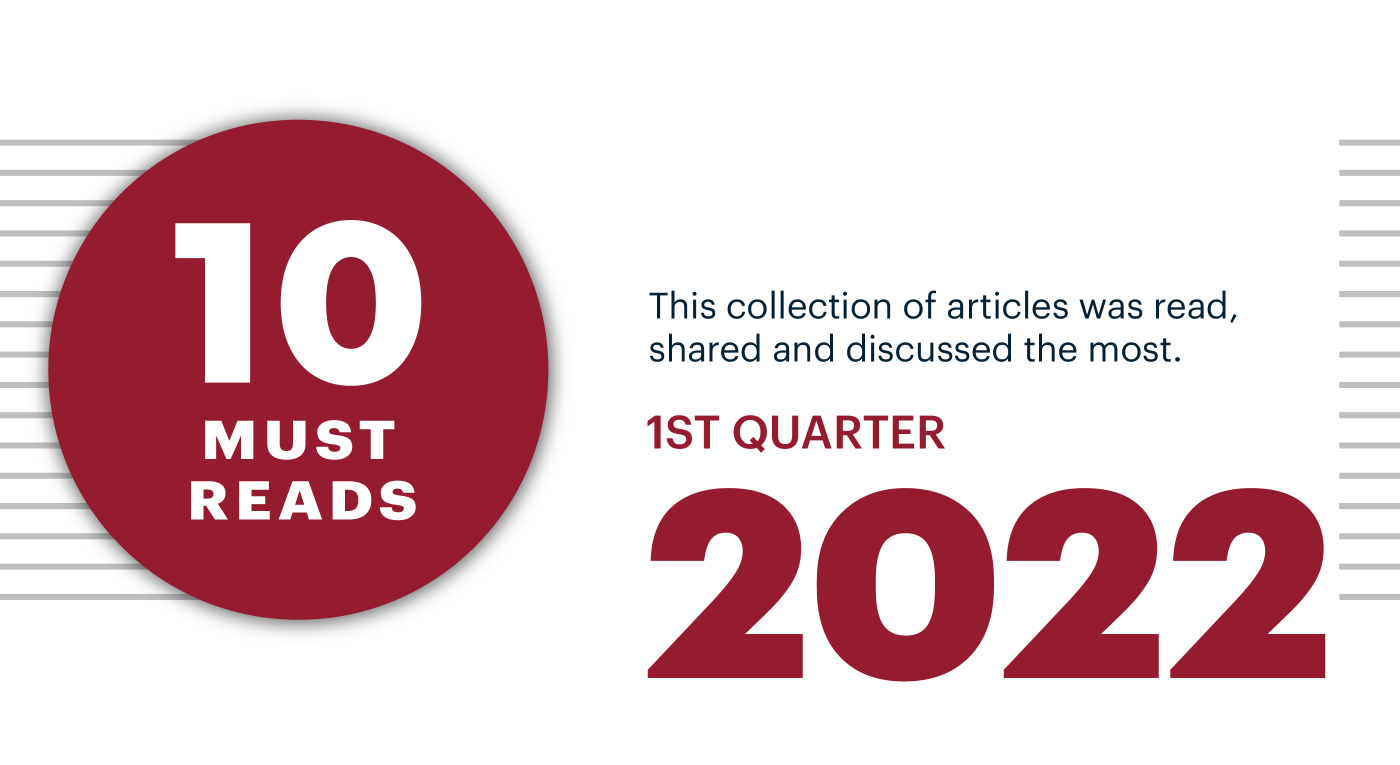Here are top 10 most read UX Magazine articles in Q1 of 2022. This collection of articles was read, shared and discussed the most.
Thanks to these 10 authors for contributing perspective, ideas and best practices that the UX Magazine community found so helpful and engaging.
1. UX Personas are Useless. Unless Created Properly by Adam Fard

UX personas are meaningful for UX design only if they are based on real data and not on assumptions. But a lot of designers make a common mistake of overlooking the research stage or not putting enough effort and time into refining UX personas. What makes a good persona then? – Great question. Let us explain.
2. You Are Solving The Wrong Problem by Aza Raskin

When solving a difficult problem, you might want to re-ask the problem so that your solution helps you learn faster.
3. Native or Web-Based? Selecting the Right Approach for Your Mobile App by Michael Montecuollo

The decision of whether to make your mobile application native or web-based needs to be weighed against some important considerations. Here is something to help you decide.
4. Participatory Design in Practice by Olga Elizarova, Kimberly Dowd

It’s no secret that true design wonders happen precisely due to co-creation. That’s “when a designer moves past the challenge of designing for customers and begins designing with them”. Learn everything there is to know about participatory design: what it is, what it isn’t and how it actually works.
5. A UX/UI Case Study on Spotify by Delawit Assefa
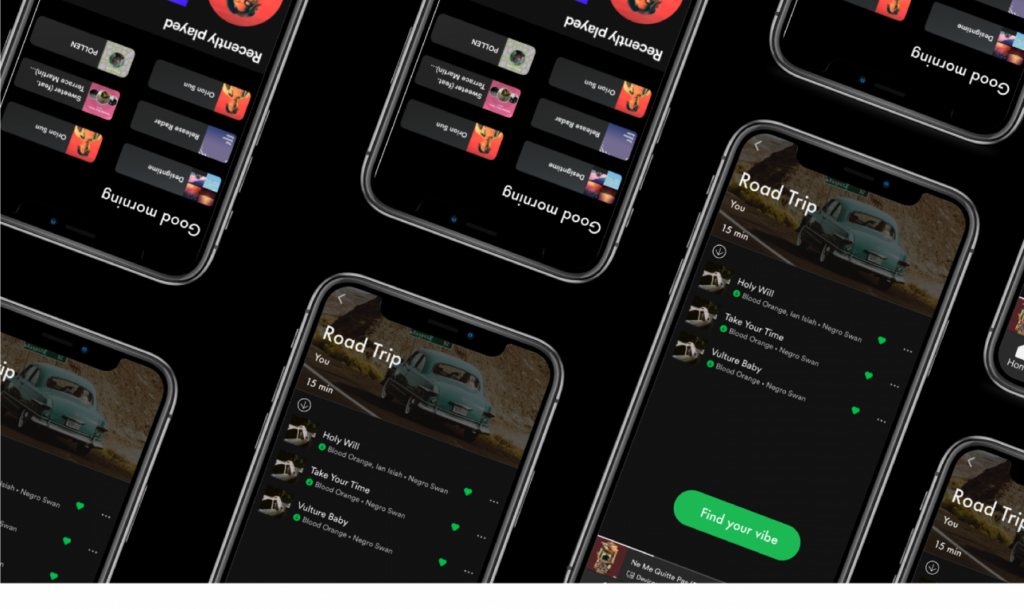
With the rapid increase of personalized playlists on Spotify, playlists naming has become a strategic process that has to be well-thought-out. Since a playlist name has a key role in conveying its content to users, here are some nuances of UX writing behind playlists names at Spotify.
6. The Nine Principles of UX Design Psychology: Can You Predict the Behavior of Your Users? by Olga Boichuk

To develop a successful user experience, the UI/UX designer has to understand the person who is going to use it. This is where knowledge of psychology in UX design comes into use. Learn 9 essential psychological phenomena and how UX/CX designers can use these phenomena in their practice.
7. App login design: Choosing the right user login option for your app by Joseph Russell
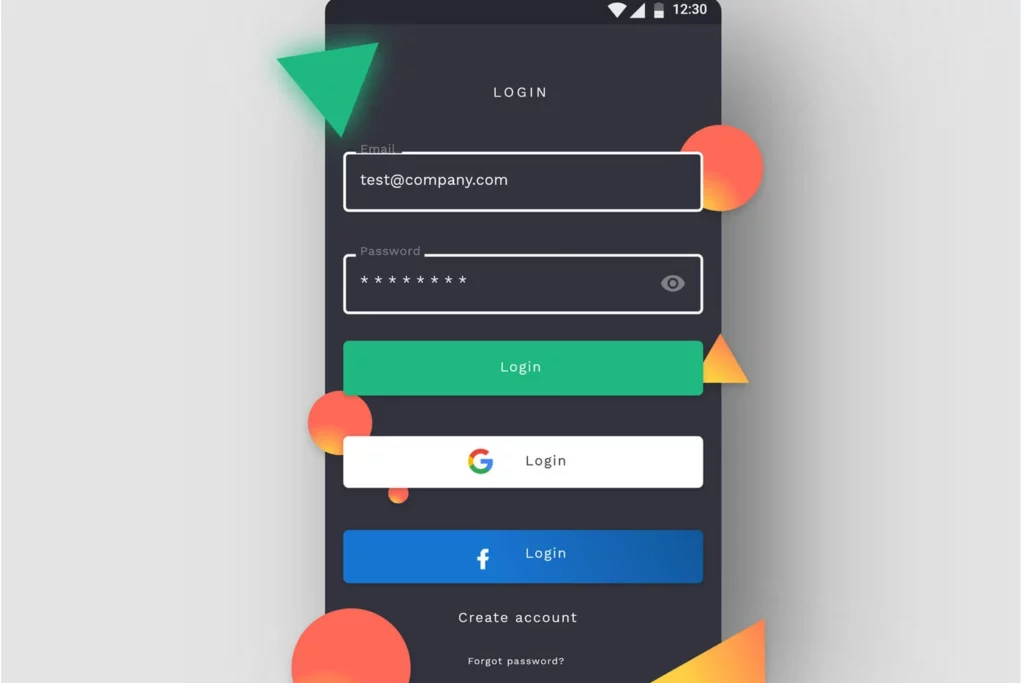
When deciding on your app’s login method, choosing between security and user convenience is somewhat of a balancing act. This article explores some options and the pros and cons of each.
8. 5 Cognitive Psychology Theories that Contribute to the Quality of UX Design by Dorian Martin
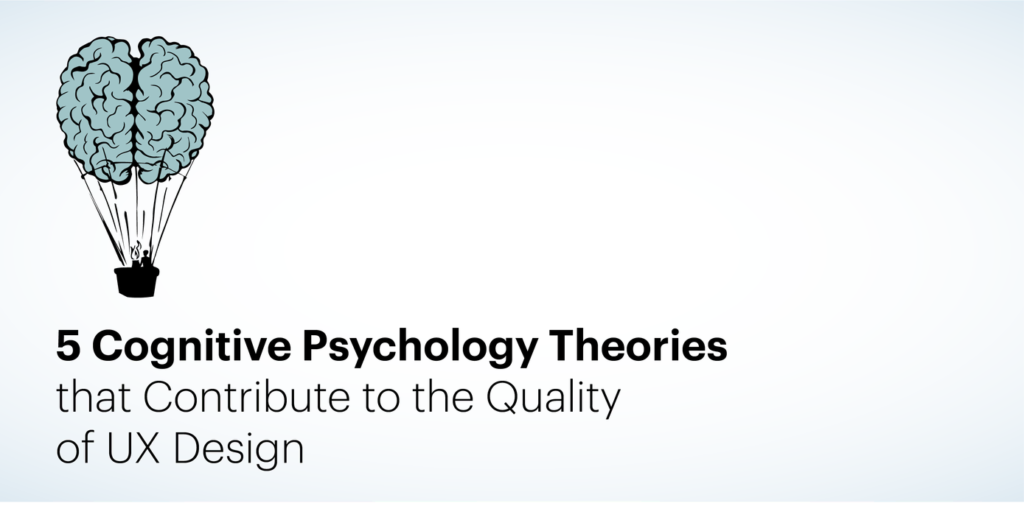
As a UX designer, you have the power to manage user experience and create a product in a way that will guide a consumer to the result you expect. ****Discover 5 cognitive psychology theories that can contribute to UX design quality and help you create the experience you want your customers to have.
9. Convenience by Ari Weissman
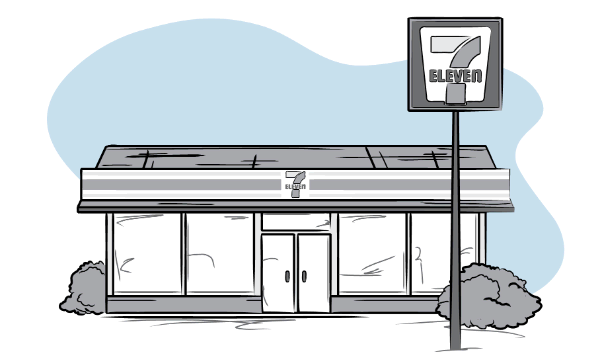
Convenience is a critical factor in determining how customers make decisions about what to buy, what services to use, where to go, and with whom to engage. And in crafting customer experiences, the perception of convenience is as important as the actual benefits of saved time and effort.
10. The high-impact UX design areas of 2022-2030 by Yaron Cohen

Even though the UX field is relatively young, it already has a high impact on various aspects of our life. Here are some new interesting problems and challenges the UX community will likely tackle in the rest of the 2020s including.
Thank you Adam Ford, Aza Raskin, Michael Montecuollo, Olga Elizarova, Kimberly Dowd, Delawit Assefa, Olga Boichuk, Joseph Russell, Dorian Martin, Ari Weissman and Yaron Cohen for writing such useful material.


